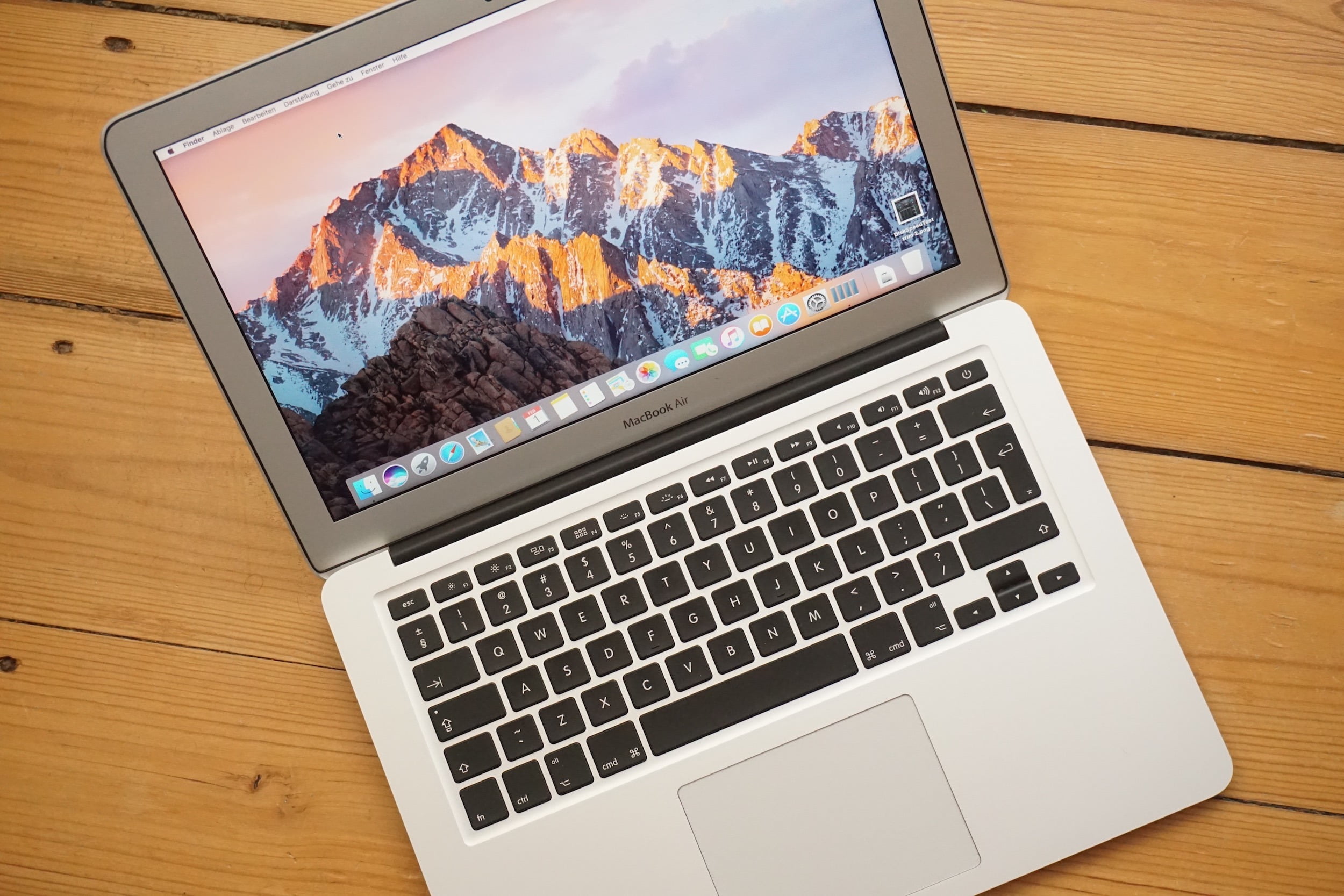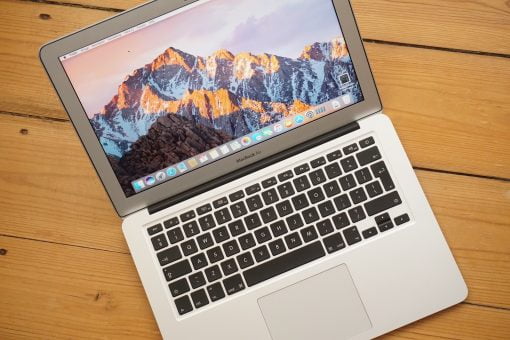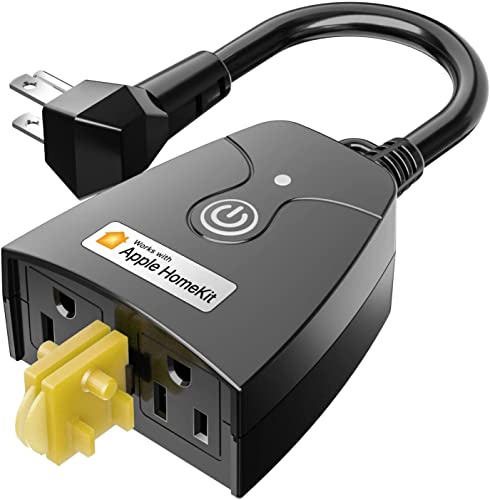MacBook Air is on the verge of a new generation. The question is, what comes next?
Apple’s Mac update wave started with the MacBook and MacBook Pro: both series have USB-C ports without exception. In iMac and iMac Pro, this port (also with protocol support for Thunderbolt 3) has been added to the traditional ports.
Mac Pro, Mac mini, and MacBook Air, however, are still of the old generation and have stopped at Thunderbolt 2 and USB 3. Mac Pro has been unchanged since 2013, Mac mini since 2014, and MacBook Air since 2015. The next refresh will be for the MacBook Air to make it ready for the future.
So far, however, the oldest construction among MacBooks is still selling very well. There are several reasons for this: On the one hand it is the cheapest complete Mac (with keyboard and display) with just around 1000 dollars. The smallest MacBook Pro costs 400 dollars more. The MacBook Air is also easy to upgrade and the battery can be changed in seconds with just a few screws. So if you’re looking for durability and sustainability, MacBook Air is at the top of your shopping list.
It also offers the longest battery time of all Apple laptops in everyday life. Not only does Apple’s data exceed the Retina MacBook and the MacBook Pros by two hours, but the performance in the real world also shows running times of over ten hours, which is a decisive criterion for many who work on the go. Furthermore, it is the last MacBook to come with a selection of different ports. There is MagSafe, an audio port, two USB 3.0 ports, an SD card reader and a Thunderbolt 2 port that supports up to 4K resolution. Add to this a FaceTime camera that supports 720p and not just 480p as in MacBook 12, whose slim design doesn’t allow for better resolution. For many text workers, whose first tool is the keyboard, this is the last chance to get past a butterfly mechanism (although I’m typing on a 12″ and don’t want to go back, but tastes are different).
The future: Retina Display
and 15 Watt processors.
What’s the catch? The biggest is probably the outdated display. This still has no retina resolution and is also quite angle-dependent. Whereby the many buyers might actually play a subordinate role, because it is not bad and bright enough. The computing power should also be sufficient for many: Apple uses the fifth generation of i5 processors with two cores and that’s enough even for occasional video editing in an emergency.
The quite simple display has another decisive advantage besides the low price: it is very economical in power consumption. The retinas all need a little more energy and so it will be interesting to see if Apple can save the fantastic runtime in the successor. In general, the positioning of the successor model will become interesting.
Possible processors are models of the Kaby Lake Refresh series, which as i5 and i7 always have four cores and have a clock frequency between 1.6 GHz and 1.9 GHz. As graphics card there is an Intel UHD Graphics 620 on board, memory up to 32GB is supported. These are all 15 watt processors, just like in the current MacBook Air.
This should preserve a fan and outperform the 12″ MacBook, which uses only ultra low power CPUs. That should please a lot of people. Interesting will be how Apple positions MacBook Air in the lineup if it continues to be called that way. As we described here in the article MacBook Pro with and without Touch Bar, the technology of the smaller Pro is actually an air: The mentioned 15 Watt CPU, less Wifi antennas etc… If the new MacBook Air already has four cores and a retina display, the demarcation has to be different. Apple has already broken a rule with the new 2018 MacBook Pros: there are now also four core CPUs in the 13″ model. However, these have 28 watts and are therefore much faster. So maybe the new Air gets 15 Watt processors and the Pro exclusively 28 Watt models, with or without touch bar.
Maybe Apple is finally expanding its model range with an affordable 14″ or 15″ model. Many people just want a large display on the go without having to buy all the power they don’t need. A complete redesign of the air would be a great opportunity for this.






